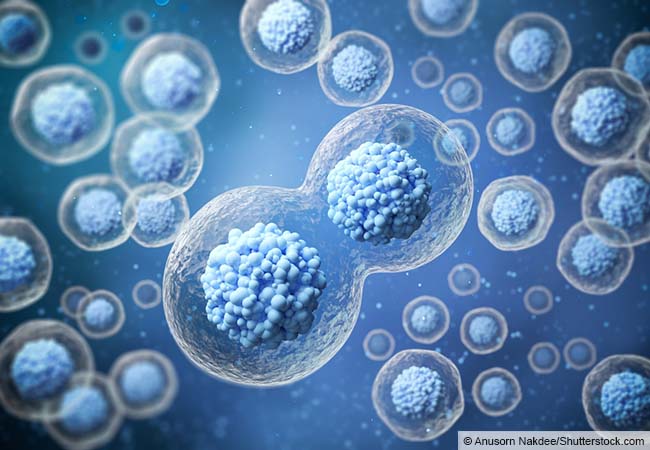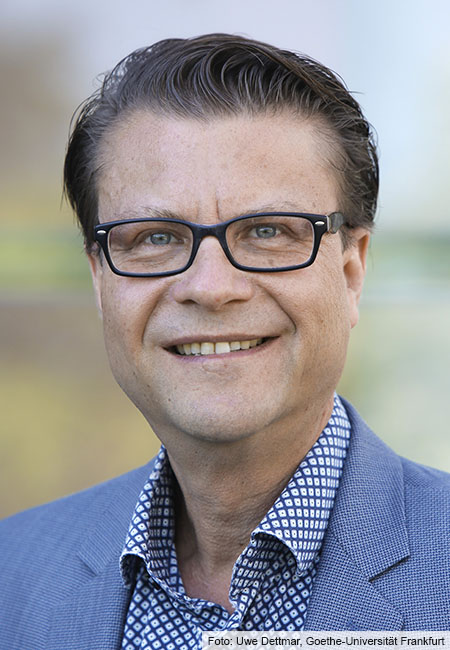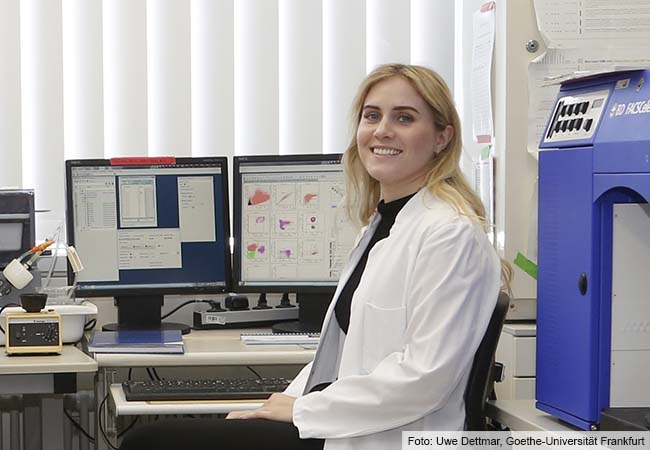

Every second, an adult generates around five million new blood cells to replace aging or dying ones, making the blood system a highly regenerative organ. These new blood cells are formed in the bone marrow from unspecialized cells, known as blood stem cells. Through several intermediate stages, these stem cells develop into oxygen-transporting erythrocytes, blood-clotting platelets, and the large group of white blood cells which orchestrate the immune defense. This process, known as differentiation, must be precisely regulated to ensure a balanced production of mature blood cells across all cell types.


An international team of scientists from Universitätsmedizin Frankfurt/Goethe University, University of Gothenburg, and University Hospital Pamplona, led by Prof. Michael Rieger from Universitätsmedizin Frankfurt’s Department of Medicine II, has now molecularly decoded the differentiation pathways of human blood stem cells into all specialized blood cell types. Using state-of-the-art sequencing methods, the research team identified gene and protein expression patterns in more than 62,000 individual cells and analyzed the resulting data with high-performance computing.
“We were able to gain an overview of the molecular processes in stem cells and discover new surface proteins that are crucial for the complex interaction between stem cells and their bone marrow environment,” explains Rieger. “This provides us with detailed insights into what exactly the unique characteristics of a stem cell are and which genes regulate stem cell differentiation. This newly established technology in my lab will answer many unresolved questions in health research with extraordinary precision.”


The researchers uncovered an unexpected finding: “We found a protein called PD-L2 on the surface of blood stem cells, which we know suppresses the immune response of our defense cells – the T cells – by preventing their activation and proliferation and inhibiting the release of inflammatory substances called cytokines,” summarizes the study’s first author, PhD student Tessa Schmachtel.
PD-L2 likely serves to prevent immune-mediated damage, biologist Schmachtel explains. “This is particularly important for protecting stem cells from potential attacks by reactive T cells and likely plays a key role in stem cell transplantations with grafts from unrelated donors. PD-L2 could help to reduce the body’s immune response against the transplanted stem cells.”
Rieger is convinced: “Groundbreaking discoveries can only be made on the basis of close interdisciplinary collaboration between physicians, scientists, and bioinformaticians – as practiced at Universitätsmedizin Frankfurt – and through the establishment of international networks.”

